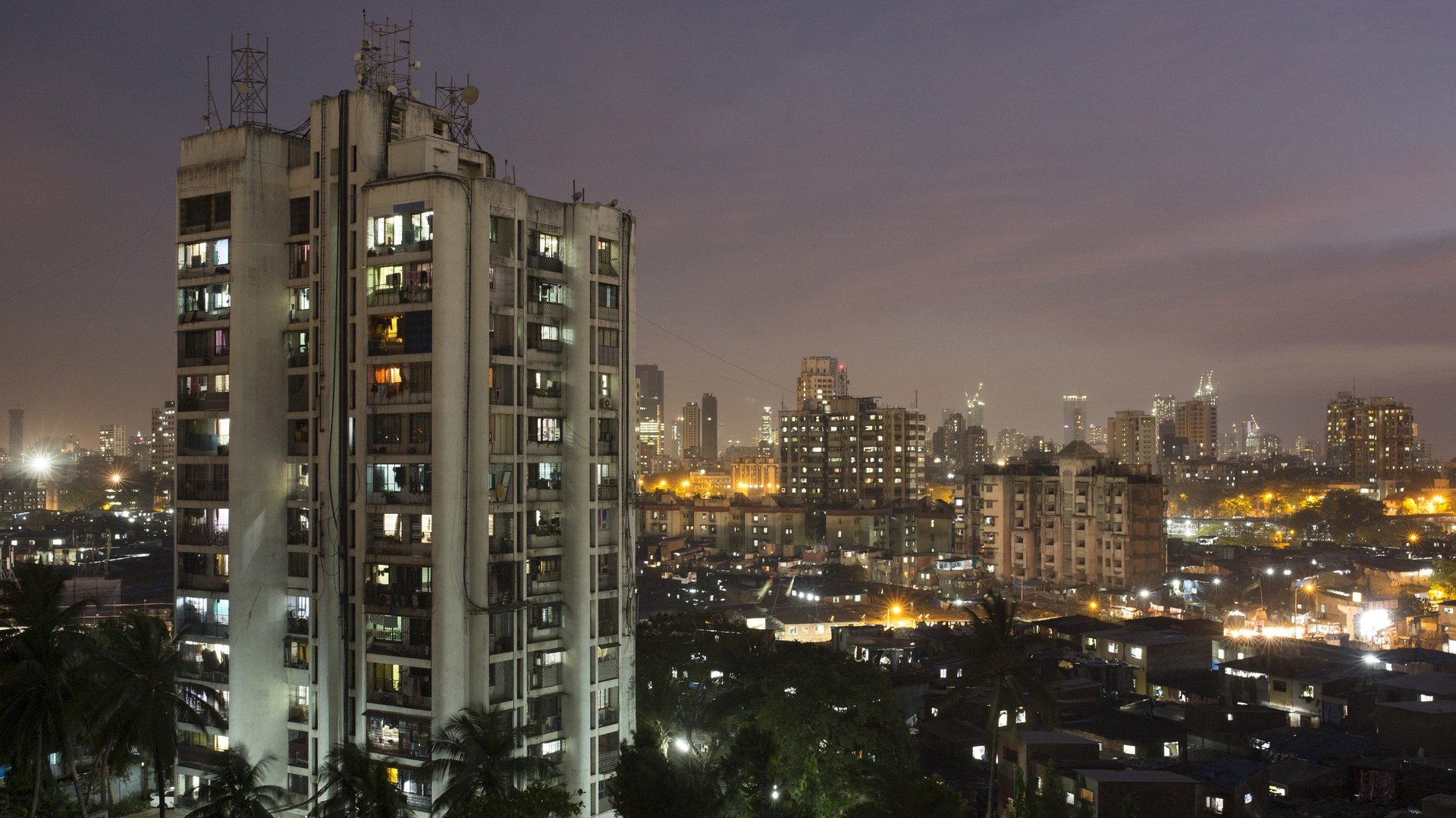The pandemic-triggered slump is a great opportunity for NRIs to buy homes in India
India’s real estate sector, like most other industries, is on a slow recovery path after taking a massive hit due to the Covid-19 lockdown. The most optimistic estimates suggest that revival in the industry will begin within six to nine months after the lockdown is completely lifted. This assessment rests on the projection that India among the only two major nations with GDP growth prospects (however slim) in spite of the pandemic.


India’s real estate sector, like most other industries, is on a slow recovery path after taking a massive hit due to the Covid-19 lockdown. The most optimistic estimates suggest that revival in the industry will begin within six to nine months after the lockdown is completely lifted. This assessment rests on the projection that India among the only two major nations with GDP growth prospects (however slim) in spite of the pandemic.
The United Nations (UN) and the International Monetary Fund (IMF) have said that India and China show prospects of bouncing back in 2021.
While the industry deals with the slump, the current scenario throws up a great opportunity for non-resident Indians (NRI) to invest in real estate back home. From pressure on pricing to a weak rupee and RERA guidelines, there are several factors that currently favour NRI investors, who play an important role in driving real estate growth in India.
A golden opportunity
Over the past few years, NRI demand for Indian residential realty has piqued. The policy reforms in the sector have boosted NRI’s confidence.
We have witnessed renewed interest from NRIs wanting to buy homes in India. In fact, we completed a few such transactions very recently.
A major incentive for NRI buyers right now is the depreciation of the Indian rupee by almost 10% against the US dollar. A stronger dollar means more purchasing power for NRIs.
Moreover, interest rates for housing loans have receded substantially in India. Recently the State Bank of India announced attractive home loan options with interest rates in the range of 7.2% and 7.6%.
In addition, over the next few months, builders and developers are likely to resort to innovative incentive schemes to generate demand and cash flow. These could include price cuts, which makes the opportunity even more lucrative. Buyers are seeking deals in the anticipation of a price correction of 15-20% on properties across regions. They hold the power to bargain against developers/sellers who are strapped for cash, are willing to offer concessions, and/or have projects on stand-by due to shortage of labour and raw materials.
This is an opportune time for NRIs to upgrade their family homes in India to more independent and self-sustainable properties with varied amenities and larger space. This is important at a time when the ever-evolving dynamics of immigration laws and higher H-1B visa denials make for an unstable situation for many NRIs in the US.
Where and what?
The demand for Indian real estate has been highest in the national capital region (NCR), followed by cities like Mumbai and Bengaluru. NRI buyers are also looking for holiday home properties in picturesque locations such as Goa and in hill stations.
Undisputedly, we shall see the market shift to a preference towards ready-to-move-in properties over projects under development. Under construction projects will be undergoing issues such as labour shortages and liquidity that will inadvertently translate to project delays—a well-understood fact which any purchaser will keep in mind.
We welcome your comments at [email protected].